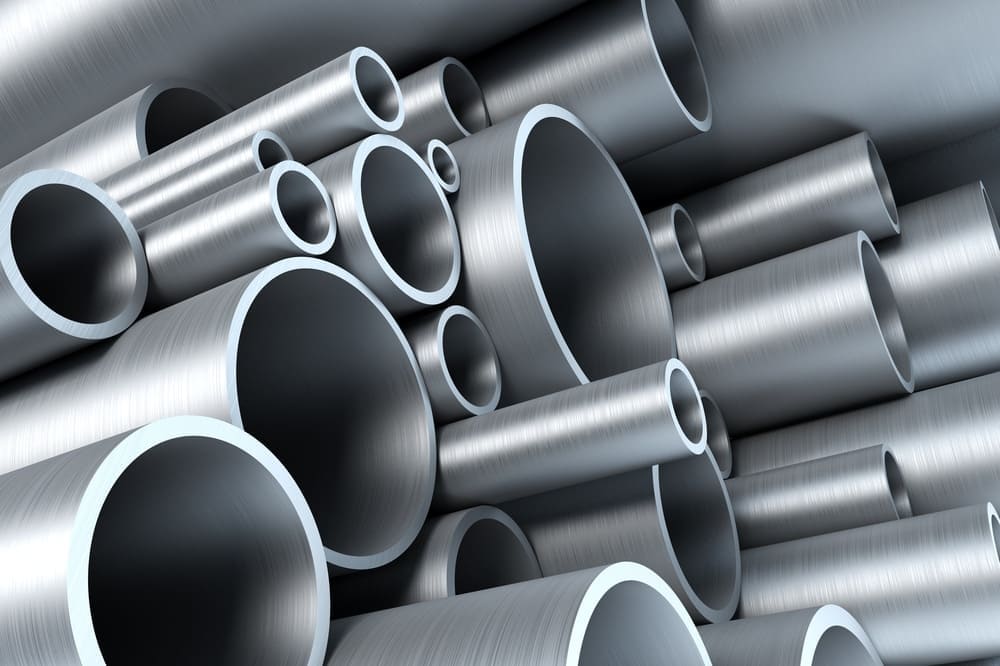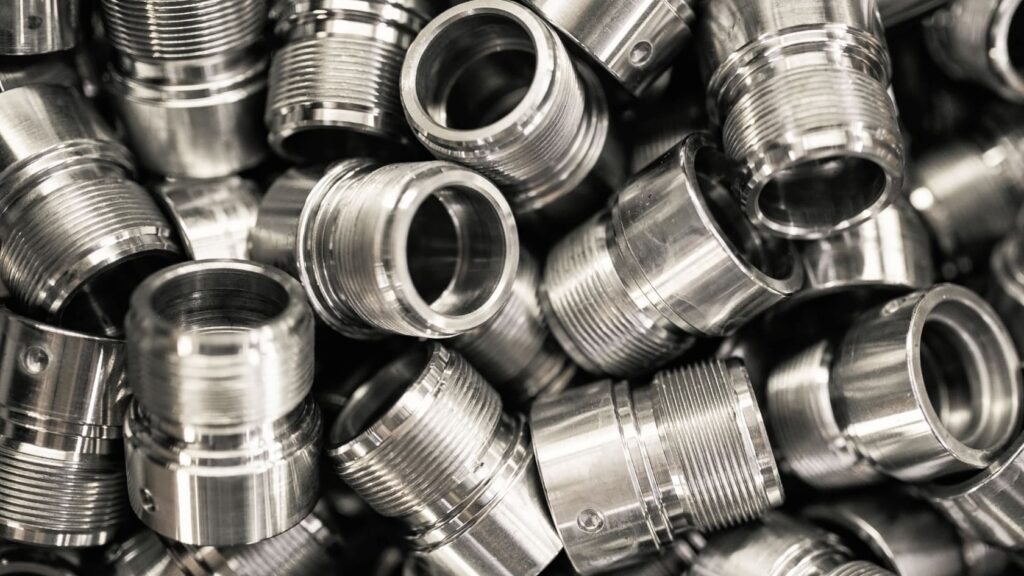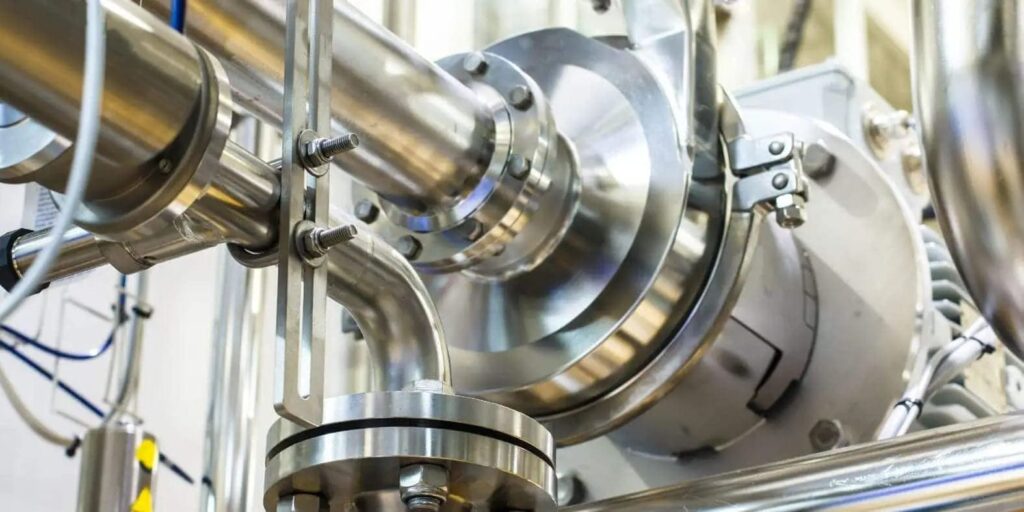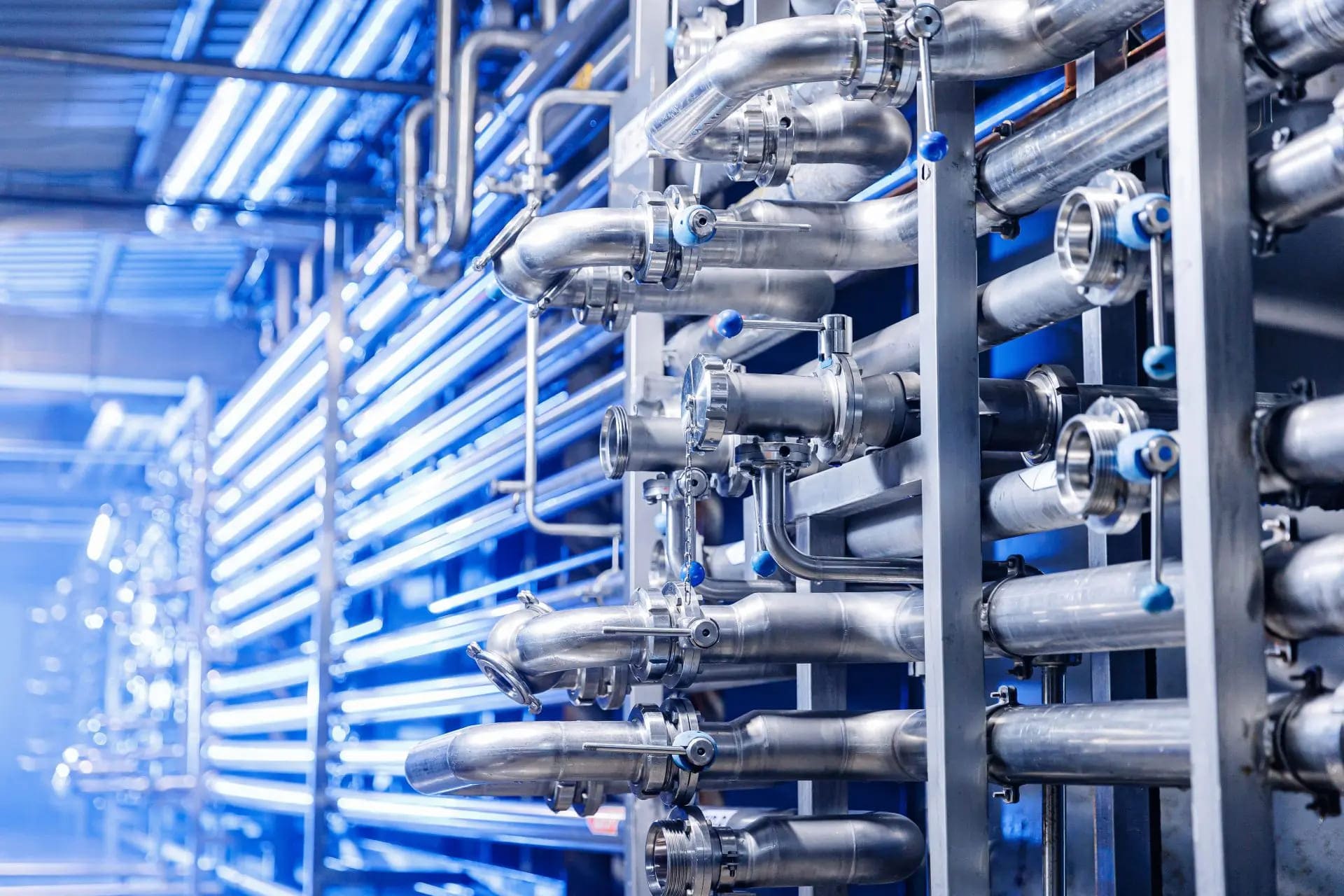What is passivation?
In many industries, large material handling systems are essential for the manufacture, transportation and storage of chemicals. The efficient and reliable operation of these systems requires a lot of investment and careful maintenance. Engineers are committed to extending system life and reducing maintenance, and the passivation process, although often overlooked, plays a key role in ensuring system durability and performance, especially for stainless steel systems.
In this article, I will introduce the relevant knowledge of passivation in detail to help you better understand this technology.
1.Basic Introduction to Passivation
(I) Concept
Passivation is a post-processing process that can make a material passivate (i.e., inert) to chemical reactions that may change its composition and cause failure. In the industrial field, it mainly enhances corrosion and oxidation resistance by forming a protective film on the metal surface. This film covers the surface of the material without changing the base metal, but it can act as a barrier, reduce the chemical reactivity of the material, and improve corrosion and pollution resistance. Although many ferrous metals can be passivated, it is mainly related to stainless steel.
(II) Passivation of Stainless Steel
Stainless steel has the property of self-passivation and can form a chromium oxide layer to obtain corrosion resistance. However, after the manufacturing process, the protective film on the surface of stainless steel may be damaged, resulting in the exposure of free iron, which may cause corrosion and may cause system failure if not controlled. Passivation can rebuild the chromium oxide layer and reduce the surface free iron concentration. The chromium iron ratio is greater than 1 (1.5:1 is the best corrosion protection effect).

2.The difference between passivation and pickling
(I) The principle and function of pickling
Pickling and passivation are often confused, but they are different. The heat-affected zone produced by manufacturing processes such as welding will introduce pollutants, destroy the high-chromium content layer, and reduce the surface chromium content. Pickling is to immerse the parts in an acid tank to remove the surface oxide scale, heat-affected zone and low-chromium content layer of the material, and can also remove embedded iron particles and contaminated carbon steel. When the contamination is serious, the parts need to be cleaned with an alkaline solution before pickling.
(II) The complexity and uniqueness of passivation
The passivation process uses different acidic solutions, which can not only clean the surface, but also promote the formation of the oxide layer. Therefore, pickling is mainly used to clean metal parts and is a pretreatment process, while passivation can form a chemically non-reactive layer in addition to cleaning the surface. The appearance of the pickled parts is dull matte gray, while the appearance of the passivated products usually does not change.
3.Application scenarios of passivation
(I) Before using stainless steel parts
It is often used as the last process before the parts are put into use. Because many operations may damage the passivation layer, it is necessary to passivate when all manufacturing processes are completed and the parts are ready for use.
(II) After machining
Mechanical operations (such as cutting, grinding, and mechanical polishing) may remove the protective layer on the surface. Although it has a certain self-repair ability, the difference in layer thickness may cause corrosion of the parts. Therefore, experts recommend passivation of mechanically processed parts (whether in manufacturing or maintenance).

(III) After welding
Welding will destroy the chromium-rich protective layer of stainless steel parts and introduce contaminants, so stainless steel parts after welding need to be passivated and prevented from oxidation.
(IV) When new components are connected to existing components
When new pipes are connected to old pipes, it may be time to passivate the entire system. New pipe connections are usually pre-passivated, but welding may cause corrosion.
(V) After pollution
Passivation is required when the system is exposed to contaminants such as chlorides and iron. Iron contamination is risky, and chlorine contamination is equally destructive. It can penetrate the chromium oxide layer and corrode the base metal. Contact with chlorine may cause scaling and damage the metal (especially austenitic stainless steel systems). It also dissolves the chromium oxide layer to form iron oxide and hypochlorous acid, which aggravates corrosion.
(VI) Preventive maintenance
Passivation can be performed regularly as preventive maintenance to prevent failures by solving problems early.
4.Process steps
(i) Cleaning
For the best results, the surface needs to be as clean as possible. Contamination will cause surface potential to form, resulting in uneven passivation. First, remove contaminants such as dirt, dust, rust, grease and surface oil to the surface grain boundaries to obtain a pure stainless steel layer and improve the effect.
(ii) Chemical treatment
Passivation is carried out in a nitric acid or citric acid bath to remove free iron on the surface. Nitric acid is cheaper, but for environmental reasons, the industry is gradually preferring citric acid, which is also safer. When using a nitric acid bath, sodium dichromate (a toxic hexavalent chromium compound that needs to be handled with care) needs to be added to promote oxygen formation and the formation of a passivation layer.
(iii) Rinse
After immersion in the chemical bath, rinse the parts with a suitable solvent to remove traces of acidic solution and residual free iron compounds.

(iv) Oxidation to form a passivation layer
After rinsing, the metal parts are exposed to chemicals such as potassium ferrocyanide, copper sulfate and salt spray to promote the formation of a metal oxide film, which forms a more solid and reliable protective outer layer.
Conclusion
Corrosion is a common problem in metal use, especially when interacting with water or water-based process fluids, which not only damages the system but also contaminates the process fluid. Passivation can improve metal corrosion resistance, ensure metal protection and optimal function.
If you are looking for an experienced passivation processor, Xavier is the ideal choice. Its team is well-equipped to provide high-quality surface treatment solutions. Please feel free to contact us.
